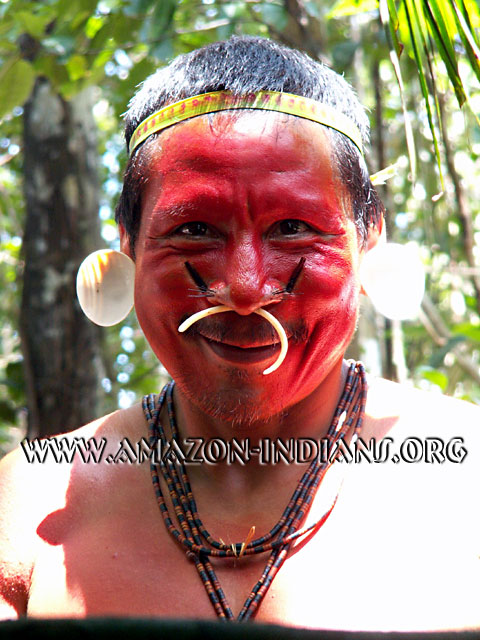Successful in Life - Inherent Controls
Once a small boy asked his father about an illustration for a success in life.
His father took him to the river front. En route to the river, they purchased a kite and long string. The colourful kite was flown. Soon the length of the string was insufficient as the kite flew long and high.
Then the boy, asked - Papa - if we cut off the string or leave the string, the kite could fly higher? Why don't we do this?
Father agreed to this proposal and let him leave the string. The kite flew little higher and the descent started gradually. Within no time, the kite drifted away and fell at an obscure place.
Then the father went on to narrate:
Success in life is similar to this kite. It is tethered by a long string called
1) Family, Friends and Affection
2) Values
3) Morality and Ethics
4) Personal Intergrity and Honesty (to name a few).
Many a time, it seems that we could reach higher planes, if we are not restrained by this string. However, the drift will not last long. And the life would be at Jeopardy.
Hence, it is better to be tethered by the string of values rather than drift away without accountability, for temporary inducement or adhoc benefits which could ruin the future.




